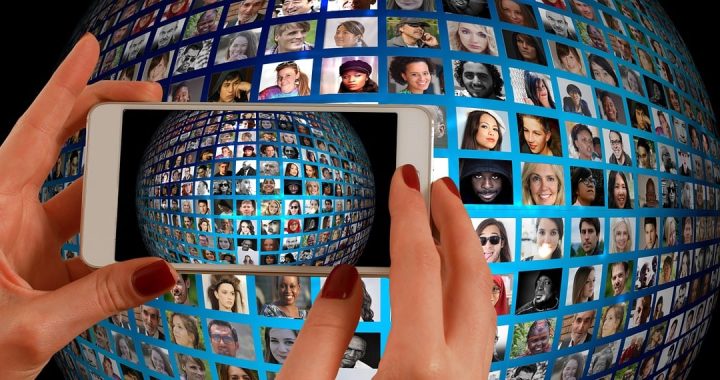Norman Mailer, Tom Wolfe, Hunter Thompson, Joan Didion. These were the writers from the mid-twentieth century who changed the nature of journalism by brilliantly inserting themselves into the stories on which they were reporting. Norman Mailer, in reporting on the march on the Pentagon which took place in 1967, became both reporter and fully engaged participant. Tom Wolfe, in spending time with Ken Kesey and his band of Merry Pranksters during the mid-1960s, gave America a birds-eye view of the emerging counterculture. Hunter Thompson in spending time on the 1972 campaign trail in order to view both Republican and Democratic campaigns with a jaundiced yet jocular eye reduced national politics to its entirely personal dimensions. And Joan Didion, in inserting herself at the entirely personal level into the Hippie culture of the 1960s on which she was reporting was able to elucidate so clearly why at the time in American culture ” the center was not holding.”
What made their brand of journalism so important was that it entirely removed what had heretofore been a lack of personal engagement in the stories on which contemporary journalists were reporting; and while doing so, made their particular approach to the narratives which they were elucidating both clearer and exponentially more interesting, as opposed to newsworthy stories which were regularly reported at the time through the myopic lens of “responsible journalism,” which had dictated that a good reporter never became part of the story.
As many people already know, many newsrooms throughout the country now use A.I generated technology to produce their stories, using bots to write automated articles based on data which they have gathered about what might become a story in their publications, However, as Cait O’Riordan, who is a former BBC journalist, adamantly said, there is no danger that article generating systems will replace human journalists in the foreseeable future simply because, as she puts it, “human audiences want to read opinion and analysis, not just structured data produced by an algorithm.”
However, relative to the sort of new age journalists mentioned here, there is another, seemingly even more pernicious danger. This is that the journalist as active participant in the evolution of a particular story will be effectively removed in favor of A.I. generated technology which editors may tend to feel can produce a particular story quicker and with greater accuracy. Yes, of course, there are dangers in allowing writers to become a significant part of the story on which they are reporting; mainly having to do with a loss of objectivity and unbiased analysis. However, when a journalist has no opportunity to become an actual participant in the development of a story, the opportunity to bring it into sharper focus, and in doing so making it more interesting to the reader, is often lost.
Also, there is a profound difference between opinion-oriented journalism, the likes of which we see on cable television every day from both the left and the right, and a writer becoming an actual participant in the story which he or she is covering. That is, if Norman Mailer, Tom Wolfe, Hunter Thompson, and Joan Didion had covered the aforementioned stories only through the insertion of their opinions about what they were covering, we the reader would never have been allowed to become an actual vicarious participant in them, and in doing so, understood them more completely simply because they had become exponentially more interesting.
There is indeed a real danger that our essential humanness, even with all its difficulties and foibles, will be swallowed up in the potential ease and accuracy with which A.I. can produce intelligent and accurate content. As a consequence of this, what we may lose in the bargain is the highly personal response to developments in our society that allows us to look at interesting news stories at the sort of close range which can serve to reveal their essence more completely when this essence is seen through the lens which only a thoroughly engaged human observer might offer the rest of us. That is, A.I. technology would most likely never have reported on the nature of the intersubjective experience which Kesey’s pranksters shared with each other, as did Tom Wolfe, or on the general malaise which underlay the personal freedom which those who were part of the counterculture prevalent in San Francisco in the mid-1960s believed they had achieved, as did Joan Didion.
